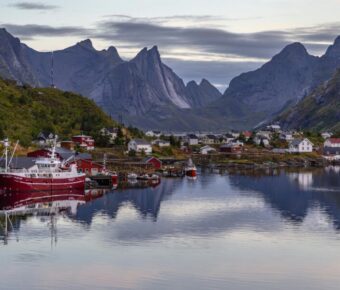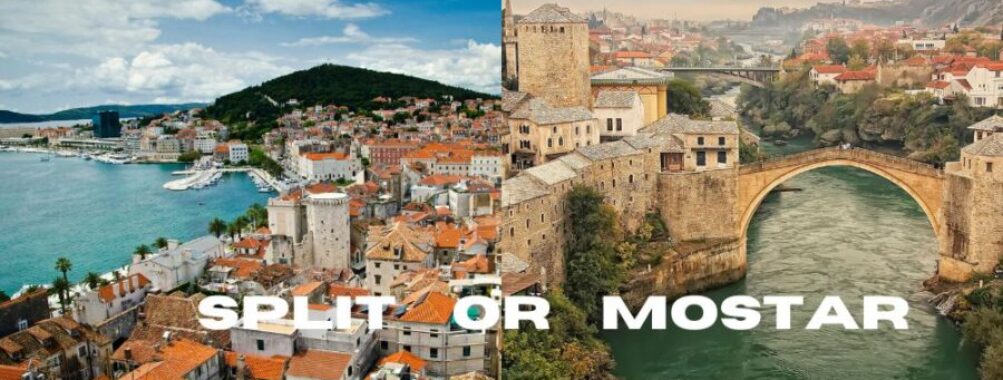
Split vs Mostar: Which Ancient Balkan City Offers the Better Cultural Experience
Split and Mostar offer two distinct European experiences that transport visitors into different corners of the Balkans. Split shines as Croatia’s second-largest city, with Roman ruins and a bustling modern life along the Adriatic coast. Mostar sits in Bosnia and Herzegovina, famous for its iconic stone bridge and rich Ottoman history.
Travelers choosing between Split and Mostar should pick Split for a longer stay since it offers more attractions, dining options, and serves as a great base for exploring Croatia’s coast and islands. Split has about 300,000 residents and provides many urban amenities, while Mostar works better as a day trip or short visit.
The journey between these cities takes about 2.5 hours by car or 3-4 hours by bus. Many tourists visit both places, using Split as their home base and taking a day trip to experience Mostar’s unique blend of cultures and architecture.
Table of Contents
- Historical Context and Significance
- The Legacy of Mostar’s Stari Most
- Split’s Diocletian’s Palace
- Planning Your Trip
- Best Time to Visit
- Transport Options
- Crossing Borders
- Cultural Exploration
- The Old Towns of Split and Mostar
- Museums and Historical Insights
- Local Cuisine Insights
- Natural Wonders and Day Trips
- Kravice Waterfalls Excursion
- Island Hopping from Split
- National Park Adventures
- Activities and Entertainment
- Guided Tours and Walkthroughs
- Shopping and Souvenirs
- Nightlife and Events
- Frequently Asked Questions
- What are the key sights to see on a journey from Split to Mostar?
- How does one best travel from Split to Mostar, and what should one expect in terms of travel duration?
- Can you recommend any hidden gems to visit in Mostar that are often overlooked by tourists?
- What cultural differences should travelers be aware of when visiting Mostar from Split?
- In comparing the historical significance of Dubrovnik and Mostar, what unique perspectives does Mostar offer?
- What local delicacies should travelers try when visiting Mostar, and where are the best places to find them?
- Book Your Dream Experience
- More Travel Guides
Historical Context and Significance
Both Split and Mostar stand as living monuments to centuries of cultural heritage, marked by iconic structures that have shaped their identities and attracted visitors from around the world.
The Legacy of Mostar’s Stari Most
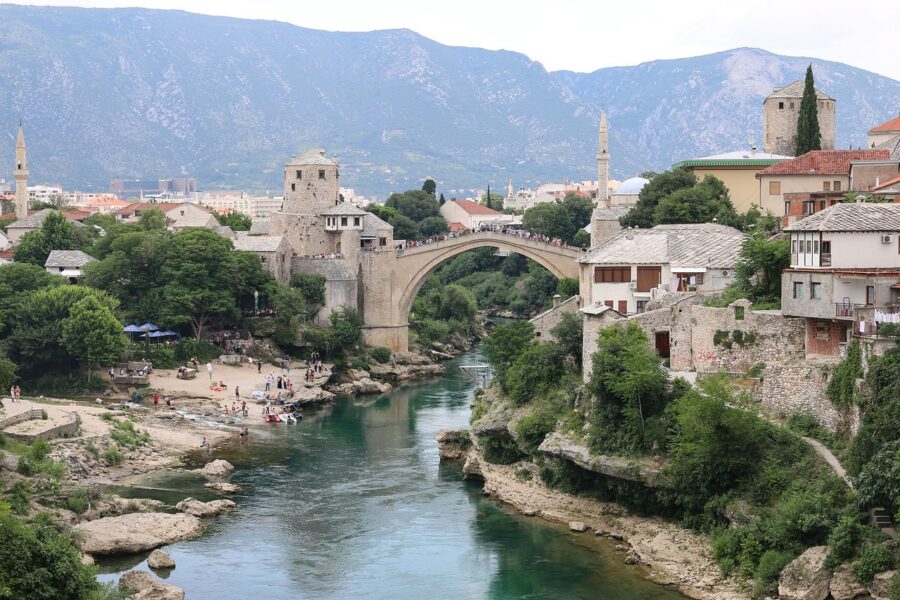
The Stari Most (Old Bridge) defined Mostar’s identity for over 400 years. Built in 1566 during Ottoman rule, this stunning stone arch bridge connected the city’s eastern and western banks.
The bridge stood as a symbol of unity until its tragic destruction in 1993 during the Bosnian War. Its reconstruction in 2004 brought together international experts and local craftsmen who used many of the original stones recovered from the Neretva River.
UNESCO recognized the rebuilt bridge and surrounding Old Town as a World Heritage site in 2005. Today, the bridge serves as both a physical connection and a powerful symbol of peace and reconciliation.
Split’s Diocletian’s Palace
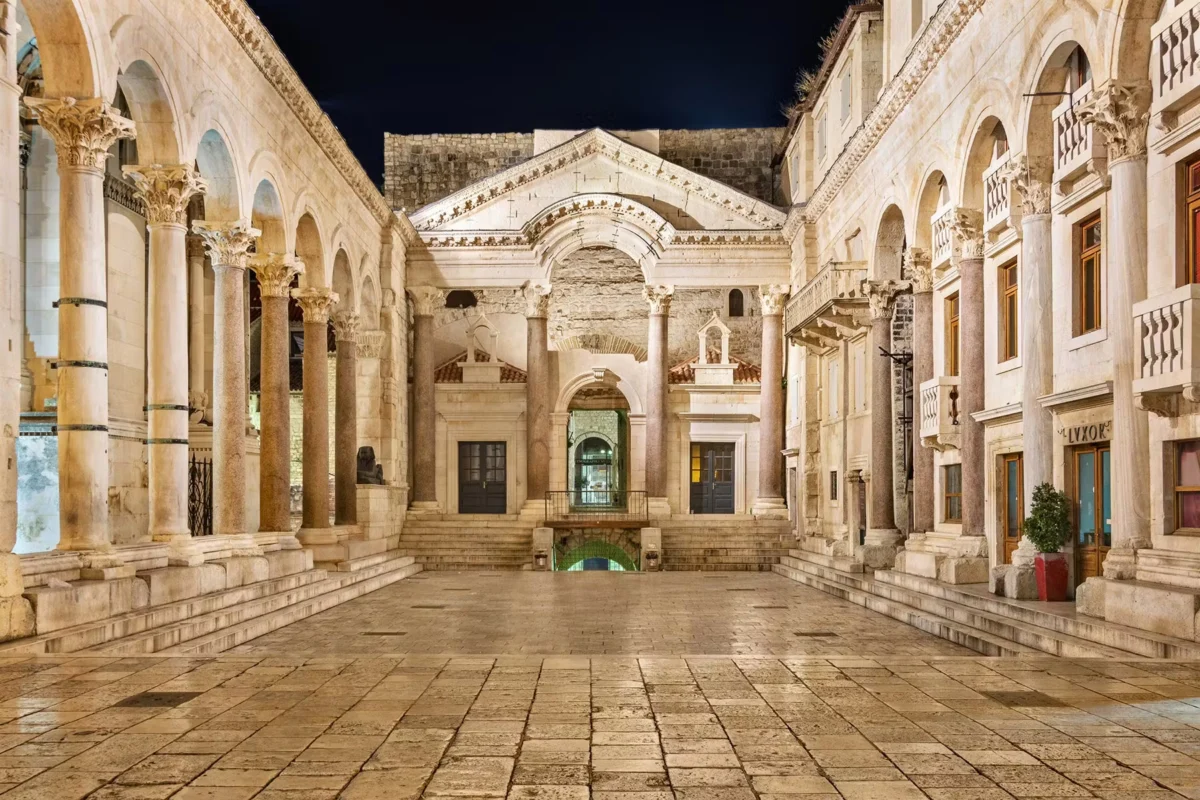
Built in the 4th century AD, Diocletian’s Palace transformed Split from a small settlement into a thriving Roman city. The massive complex served as both a military fortress and the retirement home of Roman Emperor Diocletian.
The palace walls encompass nearly half of Split’s Old Town. Unlike many ancient ruins, people still live and work within these 1,700-year-old walls, making it a rare example of continuous urban life since Roman times.
UNESCO designated the palace complex as a World Heritage site in 1979. Visitors can explore its ancient cellars, walk through Roman peristyles, and see how modern shops and cafes blend seamlessly with ancient stonework.
Planning Your Trip
Getting between Split and Mostar needs careful planning due to border crossings and transport schedules. Success depends on picking the right season and travel method.
Best Time to Visit
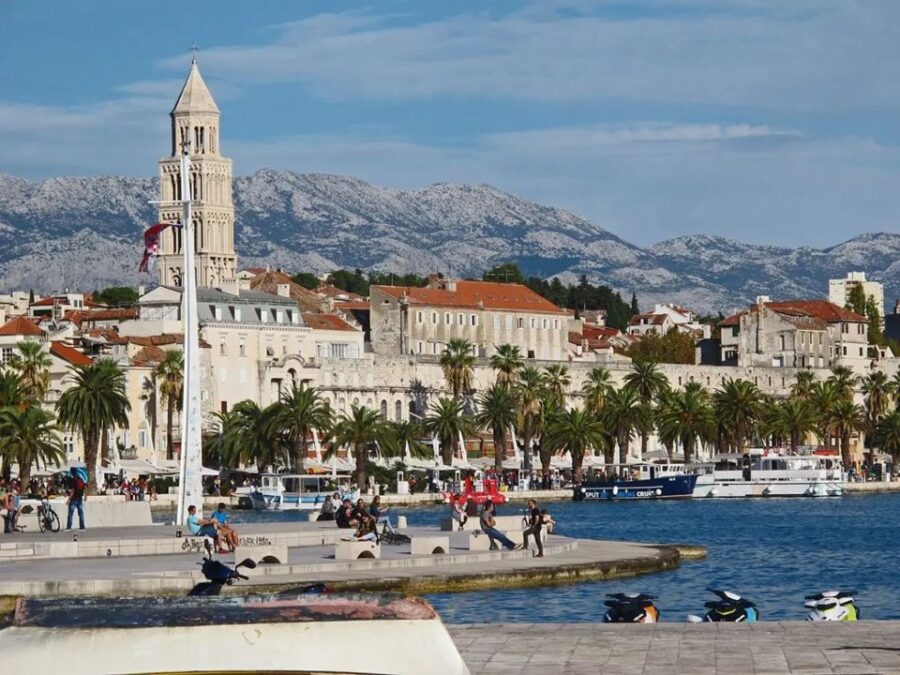
Spring and fall bring mild temperatures perfect for exploring both cities. April to June offers pleasant weather with fewer tourists than peak season. September and October stay warm enough for sightseeing without summer crowds.
The summer months of July and August get very hot, with temperatures often above 30°C (86°F). Tourist numbers spike during this time, making attractions crowded.
Winter visits from November to March can work too. Temperatures rarely drop below freezing, though rain is common. Many tourist services run on reduced schedules.
Transport Options
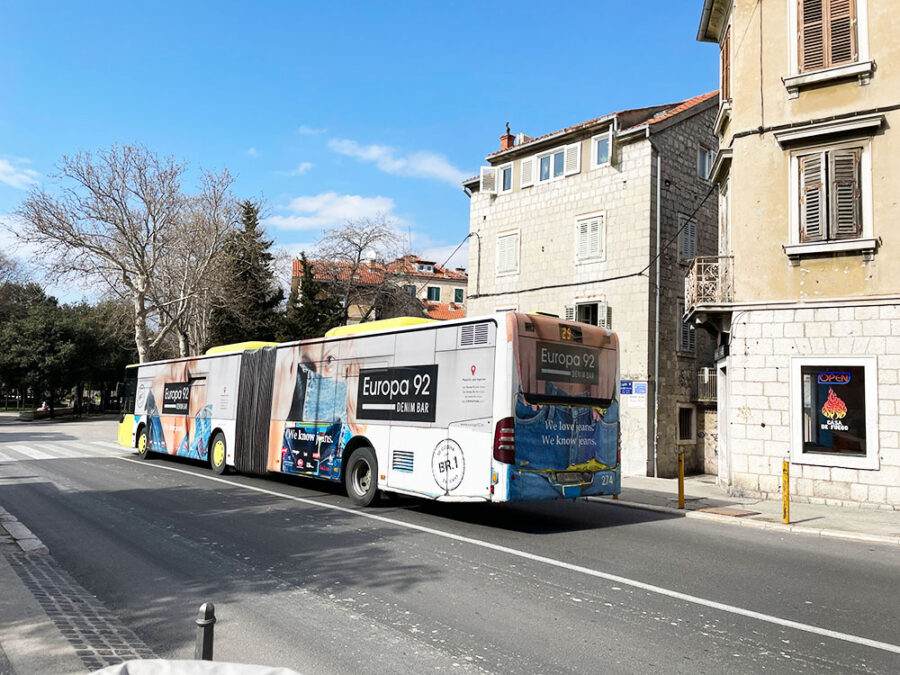
Book your bus tickets in advance during busy periods. Multiple daily buses connect Split and Mostar, with journey times around 4 hours.
A rental car gives more freedom to explore. The drive takes about 3 hours without stops. Parking can be tricky in both city centers.
Day trips by organized tour save hassle with transport and border crossings. Tours often include stops at other sites like Počitelj.
Crossing Borders

Bring a passport valid for at least 6 months. EU ID cards work for EU citizens.
Border waits vary greatly by season. Summer crossings can take over an hour during peak times. Morning crossings usually move faster than afternoon ones.
Bus passengers must exit twice for passport control. Drivers handle all vehicle paperwork when traveling by car or tour bus.
Most visitors get a free 90-day tourist stamp on arrival. No advance visa needed for most Western passports.
Cultural Exploration
Split and Mostar offer distinctive cultural experiences through their remarkable architecture, museums, and mouthwatering local dishes. Each city showcases its own unique heritage through centuries-old buildings, fascinating exhibits, and traditional foods that tell stories of their past.
The Old Towns of Split and Mostar

Split’s Diocletian’s Palace forms the heart of its Old Town. This ancient Roman complex now houses shops, restaurants, and homes within its limestone walls. Narrow alleyways lead to hidden courtyards where locals hang their laundry above tourists’ heads.
The Stari Most (Old Bridge) defines Mostar’s historic center. This 16th-century Ottoman bridge spans the Nerina River, connecting two parts of the Old Town. Local divers often jump from the bridge – a tradition that’s been around for generations.
Koski Mehmed Pasha Mosque offers stunning views of Mostar’s Old Town from its minaret. The mosque’s interior features intricate Islamic decorations and traditional carpet work.
Museums and Historical Insights
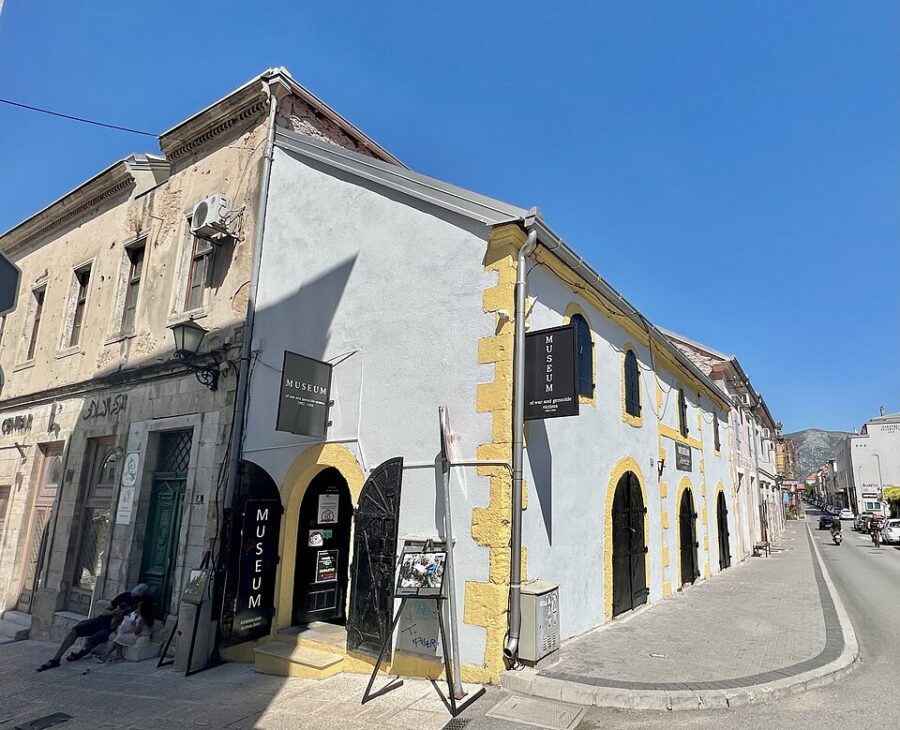
The Museum of War and Genocide Victims in Mostar presents powerful exhibits about the 1990s conflict. Personal artifacts and photographs tell stories of those affected by the war.
Split’s museums focus on different aspects of the city’s past:
- Archaeological Museum: Houses Roman artifacts
- City Museum: Shows Split’s development through centuries
- Maritime Museum: Displays naval history collections
Local Cuisine Insights
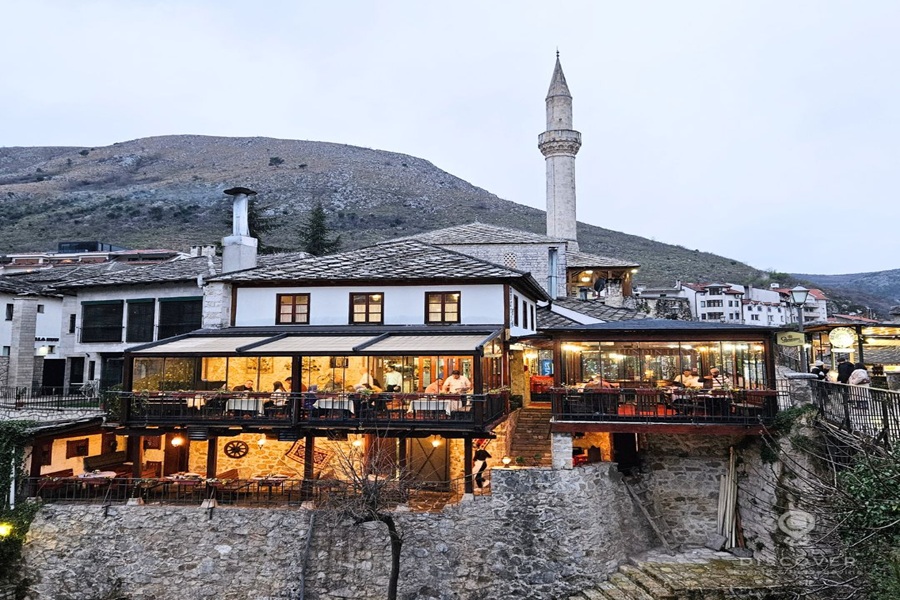
Bosnian cuisine shines in Mostar at restaurants like Hindin Han, where traditional dishes take center stage. Pita, a flaky pastry filled with meat or cheese, remains a local favorite.
Split’s food scene combines Dalmatian and Mediterranean flavors:
- Fresh seafood dishes
- Local prosciutto
- Homemade pasta
Bosnian coffee serves as a cultural ritual in Mostar. Served in copper sets, it’s meant to be sipped slowly while chatting with friends.
Split’s cafes line the Riva waterfront, where locals gather for coffee and people-watching throughout the day.
Natural Wonders and Day Trips
Both Split and Mostar serve as gateways to stunning natural landscapes and unforgettable day trips, from cascading waterfalls to pristine islands and national parks.
Kravice Waterfalls Excursion
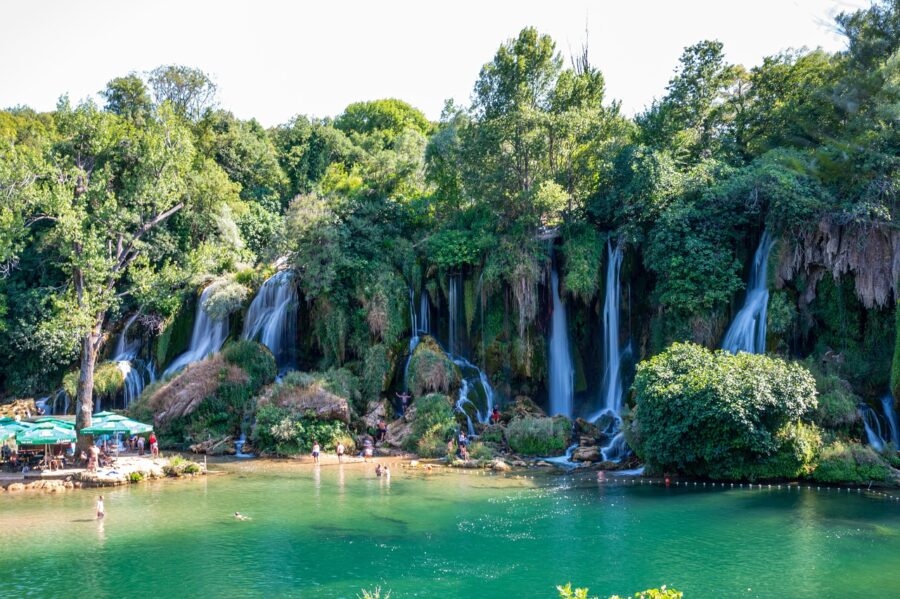
Kravice Waterfalls stands as a must-visit natural wonder near Mostar. The falls drop 25 meters into an emerald pool, creating a perfect swimming spot in summer months.
Many visitors combine Kravice with a Mostar day trip from Split. These tours often stop at the medieval town of Počitelj and the pilgrimage site of Medjugorje. The journey takes about 10 hours round-trip.
Tour prices start at €120 per person, including transport and a guide. Independent travelers can rent a car or join organized tours that leave Split early morning.
Island Hopping from Split
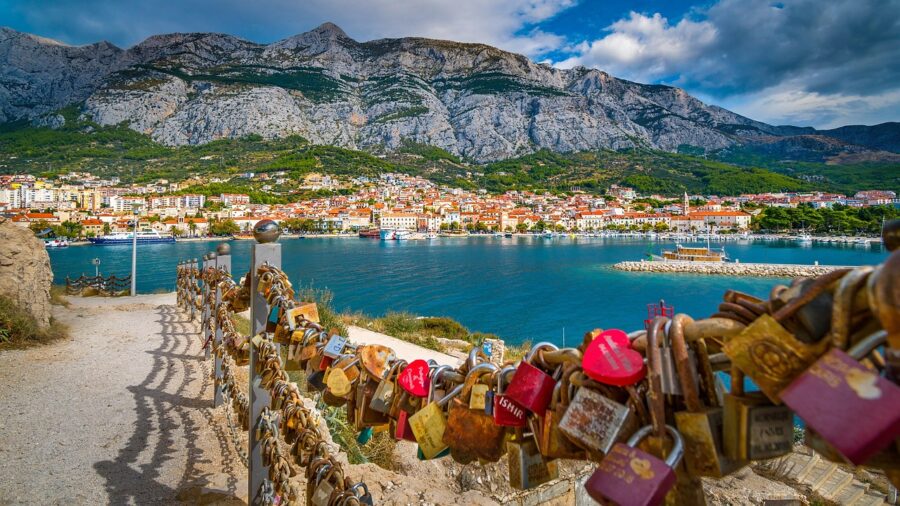
Split’s harbor launches boats to gorgeous Adriatic islands. Brač island, just an hour away, features the famous Zlatni Rat beach in Bol – a white pebble beach that changes shape with the tides.
Hvar offers lavender fields, historic towns, and beach clubs. Regular ferries run multiple times daily in peak season.
The Makarska Riviera, while not an island, provides easy access to stunning beaches backed by mountain views.
National Park Adventures
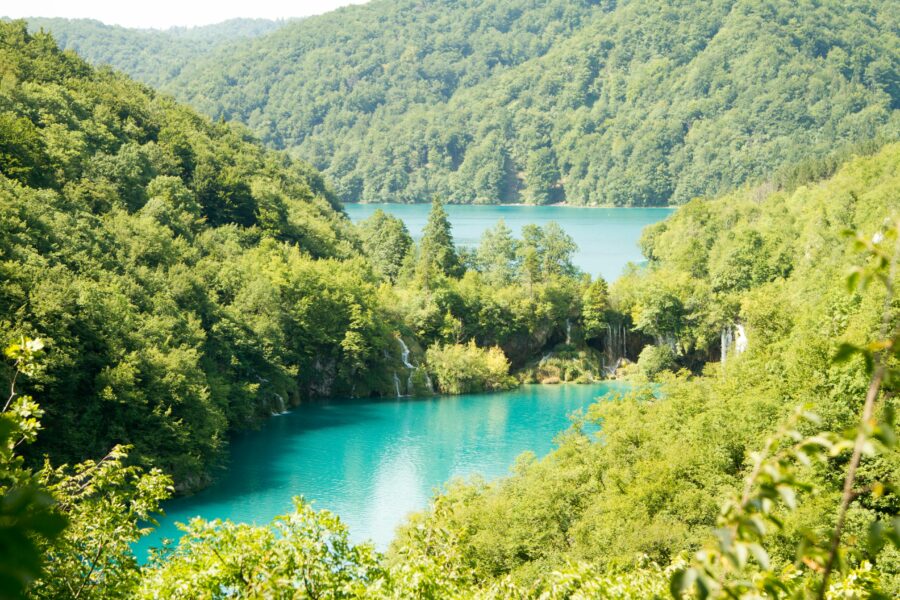
Krka National Park sits just an hour from Split, offering wooden walkways through waterfalls and historic mills. Swimming is allowed in designated areas.
Plitvice Lakes National Park takes longer to reach but rewards visitors with 16 terraced lakes connected by waterfalls. The parks’s wooden pathways wind through limestone canyons.
Best times to visit are spring and fall when crowds thin out and temperatures stay mild.
Activities and Entertainment
Split and Mostar offer unique activities that showcase their rich cultural heritage and vibrant atmospheres. Both cities mix traditional experiences with modern entertainment options.
Guided Tours and Walkthroughs
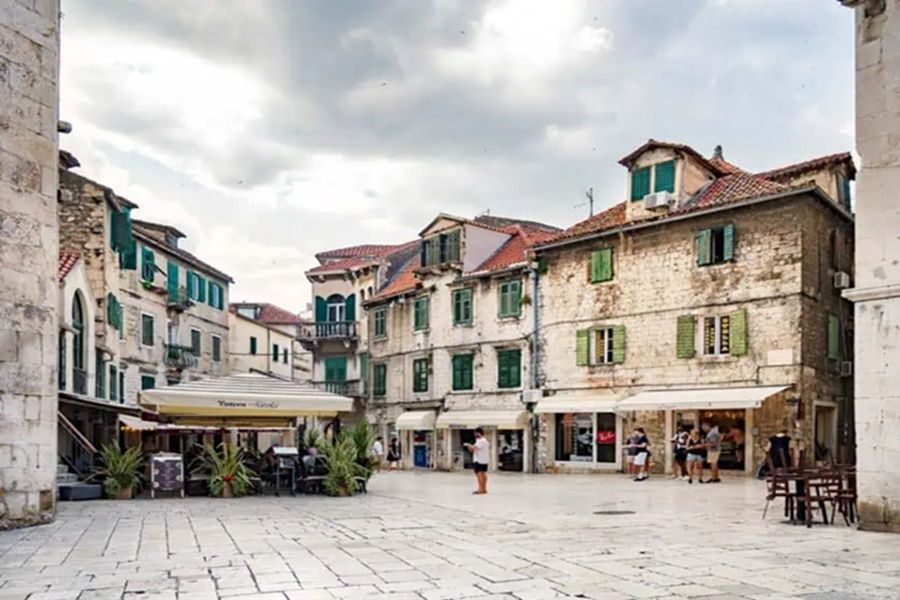
The Old Town areas of both cities shine brightest through expert-led walking tours. Split’s Diocletian’s Palace comes alive with stories of Roman emperors and medieval mysteries.
Mostar’s guides take visitors across the famous Old Bridge while explaining its tragic wartime destruction and inspiring rebuilding. Many tours include stops at local mosques and traditional houses.
Day trips from Split can reach several noteworthy destinations. Trogir’s UNESCO-listed architecture sits just 30 minutes away, while guided excursions to Dubrovnik offer Game of Thrones filming locations.
Shopping and Souvenirs
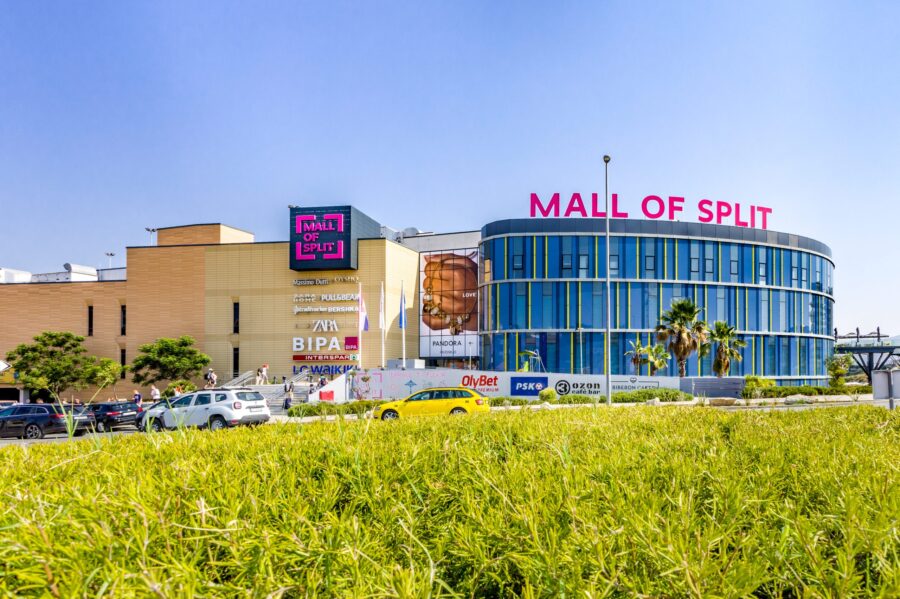
Split’s markets burst with local products like lavender, olive oil, and handmade jewelry. The Green Market sells fresh produce every morning, while evening craft fairs pop up along the Riva promenade.
Mostar’s bazaar area feels like stepping back in time. Copper items and traditional fabrics fill the stalls. Local artisans craft personalized items right before visitors’ eyes.
Both cities feature modern shopping centers too. Split’s Mall of Split provides air-conditioned relief on hot summer days.
Nightlife and Events
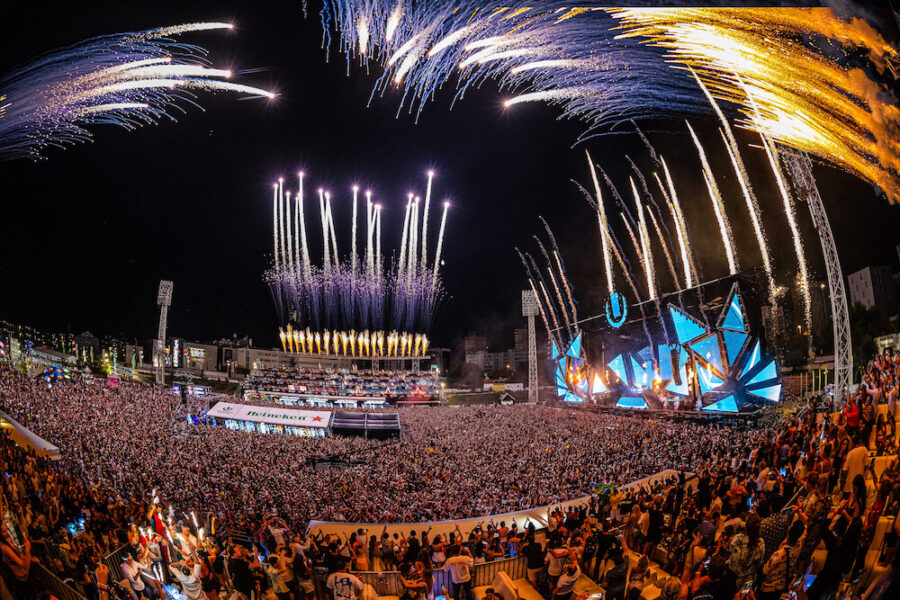
Split’s bar scene centers around the narrow lanes of the palace area. Live music echoes through stone passages most summer evenings.
Beach clubs along Bačvice Beach host foam parties and DJ sets during peak season. The city’s summer festival brings world-class performers to ancient venues.
Mostar’s nightlife focuses on riverside cafes and bars near the Old Bridge. Traditional music performances happen regularly in summer months.
The cities host different cultural celebrations throughout the year. Split’s main events include Days of Diocletian and the Ultra Europe music festival.
Frequently Asked Questions
Travelers between Split and Mostar face many practical questions about getting around, seeing the sights, and experiencing local culture. Both cities offer unique experiences that reward careful planning and local insights.
What are the key sights to see on a journey from Split to Mostar?
The stunning Kravica Waterfalls make a perfect stop along the route. The cascading falls spread across 120 meters and create natural swimming pools in summer.
Medjugorje, a famous Catholic pilgrimage site, sits just 24 kilometers from Mostar. Many travelers incorporate this spiritual destination into their journey.
How does one best travel from Split to Mostar, and what should one expect in terms of travel duration?
Bus services run regularly between Split and Mostar, with tickets starting around €24. The journey takes about 4 hours by bus.
Private transfers offer more flexibility and comfort. A car journey takes roughly 2.5 hours without stops.
Day trips from Split typically last 11-12 hours, including guided tours and sightseeing stops.
The Muslibegović House shows off traditional Ottoman architecture and décor. This hidden museum gives visitors a peek into 18th-century Muslim life.
The small Crooked Bridge predates the famous Old Bridge and sits in a quieter area perfect for photos.
What cultural differences should travelers be aware of when visiting Mostar from Split?
Mostar maintains strong Muslim and Christian influences. Visitors might hear both church bells and calls to prayer throughout the day.
Dress codes are more conservative in Mostar, especially near religious sites. Shoulders and knees should be covered.
In comparing the historical significance of Dubrovnik and Mostar, what unique perspectives does Mostar offer?
Mostar’s Old Bridge stands as a symbol of post-war reconciliation. Its destruction and rebuilding tell a powerful story of the 1990s conflict.
The city’s east-meets-west architecture shows Ottoman and Austro-Hungarian influences that differ from Dubrovnik’s medieval Mediterranean style.
What local delicacies should travelers try when visiting Mostar, and where are the best places to find them?
You can find Ćevapi, grilled meat fingers served in flatbread, at traditional restaurants in the Old Bazaar.
Sogan dolma (stuffed onions) and burek (meat-filled pastry) offer authentic tastes of Herzegovinian cuisine. Local families often make these dishes fresh daily.
The Old Bazaar area houses several traditional restaurants serving these specialties at reasonable prices.
